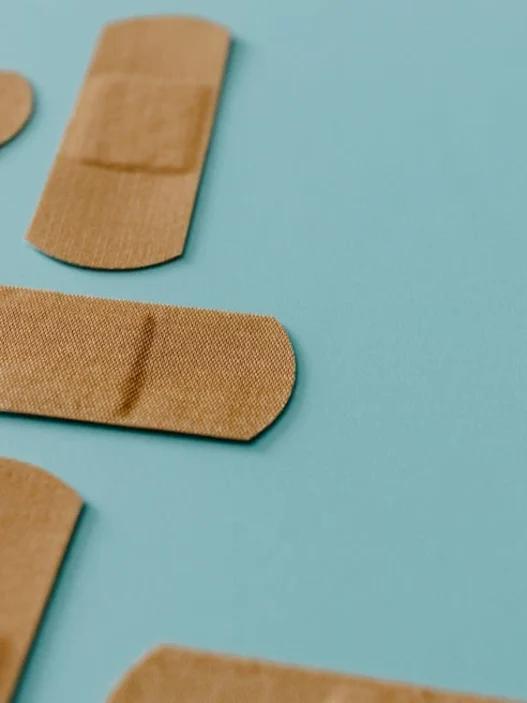0PPF34Z refers to a medical procedure where a device used to stabilize a fractured right humerus is removed through a minimally invasive approach. This involves removing the internal fixation hardware without the need for a large surgical incision.
Table of Contents:
- 🔎 Clinical Indication
- 📋 Preparation
- 📖 Methodology
- 🩹 Recovery
- 🚨 Complexity & Risk
- 🔀 Similar Procedures
🔎 Clinical Indication
0PPF34Z, the removal of an internal fixation device from the right humeral shaft, may be performed to address complications such as infection, irritation, or hardware failure.
In cases where the internal fixation device is causing discomfort or restricted movement, the procedure can help alleviate these issues and improve the patient’s quality of life.
By removing the hardware, the bone can potentially heal stronger and faster, reducing the risk of future complications and allowing for better functionality of the arm.
📋 Preparation
Before undergoing the Removal of Internal Fixation Device from Right Humeral Shaft, doctors will typically conduct a thorough examination of the patient’s medical history and current condition. This assessment helps ensure that the procedure is necessary and safe for the individual.
In addition to a physical examination, imaging tests such as X-rays or MRIs may be performed to assess the position of the internal fixation device and the surrounding bone. These tests help guide the surgeon during the procedure and reduce the risk of complications.
Patients are often advised to abstain from eating or drinking for a certain period before the procedure, typically starting at midnight the night before. This fasting helps reduce the risk of aspiration during anesthesia and ensures a smoother recovery process. Additionally, patients may be instructed to stop taking certain medications that could interfere with the surgery or anesthesia.
📖 Methodology
During 0PPF34Z, a surgeon will remove an internal fixation device from the right humeral shaft using a percutaneous approach. This procedure involves using small incisions to access and remove the device.
The internal fixation device is usually a plate or screws that were previously implanted to stabilize a fracture in the humerus. By removing the device, the surgeon allows the bone to heal on its own without the need for the hardware.
Overall, this procedure aims to improve the patient’s mobility and reduce the risk of complications associated with having permanent hardware in the body. It is a common surgical intervention for patients who have fully healed from their initial injury.
🩹 Recovery
After the removal of the internal fixation device from the right humeral shaft via a percutaneous approach, the recovery process typically involves managing any discomfort or pain at the incision site. Physical therapy may be recommended to help regain strength and range of motion in the arm.
Patients may be advised to gradually increase activity levels while avoiding heavy lifting or strenuous activities for a certain period of time after the procedure. Follow-up appointments with the healthcare provider are crucial to monitor the healing process and ensure that the arm is properly recovering.
Overall, most patients can expect to resume normal daily activities within a few weeks after the removal of the internal fixation device. However, individual recovery times may vary depending on factors such as age, overall health, and the extent of the initial injury.
🚨 Complexity & Risk
Performing the 0PPF34Z procedure involves the removal of internal fixation devices from the right humeral shaft using a percutaneous approach. This procedure is complex due to the delicate nature of the bones and surrounding tissues in the area.
Potential risks to patients undergoing this procedure include infection, nerve or blood vessel damage, and bone damage. It is crucial for healthcare providers to carefully assess the patient’s condition before deciding to proceed with the removal of internal fixation devices from the right humeral shaft.
🔀 Similar Procedures
Another medical procedure that is similar to the removal of an internal fixation device from the right humeral shaft using a percutaneous approach is the removal of hardware from a previous orthopedic surgery. This may involve removing screws, plates, or rods used to stabilize bones during the healing process.
Like the removal of an internal fixation device, the removal of hardware is usually performed when the bone has healed sufficiently to support itself without the aid of the implant. The procedure is done to reduce the risk of infection, alleviate pain, and improve the range of motion in the affected limb.





